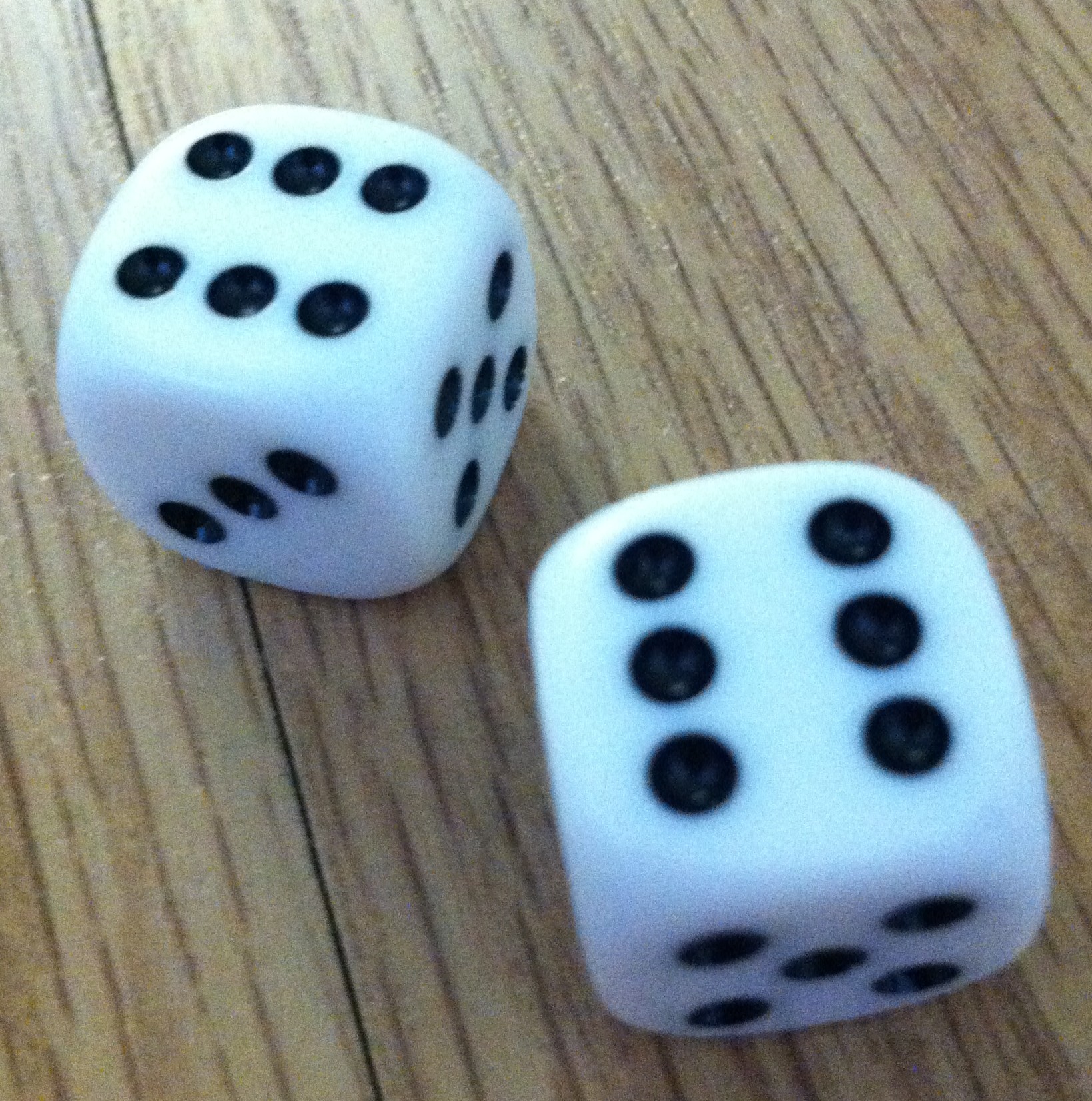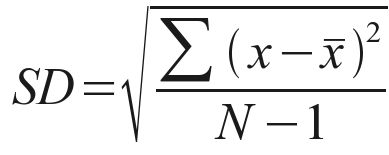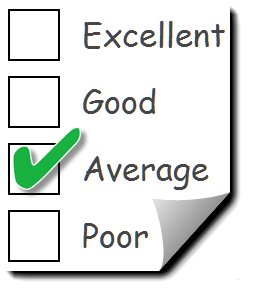We recently posted How to Calculate a Diversity Index and suggested this could be used to look at how well mixed schools within a school district were, among other uses. Somewhat on cue, there was a major controversy in New York City’s Upper West Side, as parents debated a plan to allocate middle school seats to lower income students. https://twitter.com/DOEChancellor/status/989728932772499457
Continue reading “Calculate a Diversity Index for NYC District 3”

 It’s that time of the year when Little League World Series coverage heats up on ESPN, and viewers get to see a miniaturized version of baseball played at the highest level. This year has been especially impressive with a super-team from Las Vegas that rarely makes errors, the Chicago team that beat them, and of course the sensational female pitcher Mo’ne Davis, who throws as hard as some high school pitchers. Every Little Leaguer dreams of making it to the big leagues, someday making a career of playing the game they love. But how hard is it to get there? This is a question that we will try to solve this week with the help of a spreadsheet.
It’s that time of the year when Little League World Series coverage heats up on ESPN, and viewers get to see a miniaturized version of baseball played at the highest level. This year has been especially impressive with a super-team from Las Vegas that rarely makes errors, the Chicago team that beat them, and of course the sensational female pitcher Mo’ne Davis, who throws as hard as some high school pitchers. Every Little Leaguer dreams of making it to the big leagues, someday making a career of playing the game they love. But how hard is it to get there? This is a question that we will try to solve this week with the help of a spreadsheet. Have you heard of Bayes’ Rule? Let’s use an intuitive example to understand an application of this rule. What’s the probability American Hustle wins the Golden Globes given it wins the Oscars?
Have you heard of Bayes’ Rule? Let’s use an intuitive example to understand an application of this rule. What’s the probability American Hustle wins the Golden Globes given it wins the Oscars?  With a Grand Slam approaching, let’s talk tennis! If we were to predict a tennis pro’s weight based on his height, where would we begin? How will our understanding of the best-fit line and spreadsheets help us make this prediction?
With a Grand Slam approaching, let’s talk tennis! If we were to predict a tennis pro’s weight based on his height, where would we begin? How will our understanding of the best-fit line and spreadsheets help us make this prediction?

